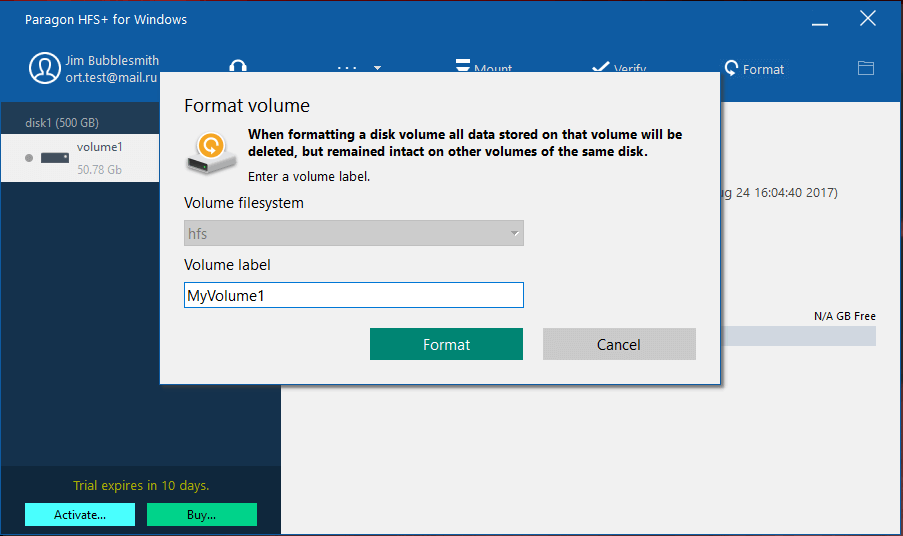Mac OS Extended was introduced in 1998 for Mac OS 8.1, the previous iteration of the desktop operating system found on Apple's computers which ran on IBM's PowerPC processors.Marking the switch to. Mac OS Extended format (HFS+) is a hard disk format introduced on January 19, 1998, by Apple Inc. To replace their HFS and the primary file system in Macintosh computers and iPod music players. Up from HFS, HFS+ increases the number of allocation blocks on the disk and decreases the minimum size of a file, thus optimizing the storage capacity.
HFS Plus (Mac OS Extended) HFSX (Mac OS Extended Case-Sensitive) Write Access. When a volume is mounted in write mode, you can do everything with files and folders it contains: read, edit, delete, rename, create new. Type 'command' into the search bar and press 'Enter'. Select 'Command Prompt' from. To format a USB drive in FAT32 or exFAT: 1. Plug the USB drive into your Mac. Go to ApplicationsUtilities and launch Disk Utility. Click on the USB drive in the sidebar in Disk Utility. Click Erase in the Disk Utility toolbar. Type in a name for the formatted disk. Click on the Format menu and choose either MS-DOS (FAT32) or ExFAT.
The Mac OS Extended Volume Hard Drive Format, otherwise known as HFS+, is the file system found on Mac OS 8.1 and later, including Mac OS X. It is an upgrade from the original Mac OS Standard Format known as HFS (HFS Standard), or Hierarchical File System, supported by Mac OS 8.0 and earlier.
Overview
Mac OS Extended format (HFS+) is a hard disk format introduced on January 19, 1998, by Apple Inc. to replace their HFS and the primary file system in Macintosh computers and iPod music players.

Up from HFS, HFS+ increases the number of allocation blocks on the disk and decreases the minimum size of a file, thus optimizing the storage capacity of a large hard disk.
Therefore, HFS+ allows for a larger maximum number of files than its' HFS counterpart. Note the difference between HFS and HFS+ in the following example:
Example:
On a 4 GB hard drive, a file containing 4 KB of information would require 64 KB of space with HFS. With HFS+, it would only require 4 KB on the 4 GB hard drive. This is because the HFS allocation block size would be 16 KB and HFS+'s increased number of allocation blocks of the disk and the decreased minimum size of the blocks allows for less wasted space.
Mac Format Hfs Tool
Ducky keyboard mac os. HFS+ also supports much larger files than HFS, with 32-bit block addresses as opposed to HFS's 16-bit length.
It uses Unicode to name files, encoded in UTF-16 and normalized to a form similar to Unicode Normalization Form D (NFD).
HFS+ permits file names of up to 255 UTF-16 characters in length and n-forked files. HFS+ uses a 32-bit allocation mapping table, as opposed to HFS's 16-bit table. Also, unlike most other file systems; HFS+ supports hard links to directories. HFS+ uses B-trees to store most volume metadata.
HFS+ File Limits in Mac OS X:
Mac Format Hfs Web
| Parameter | Value |
|---|---|
| Maximum number of volumes | No limit |
| Maximum number of files and folders in a file | Up to 2.1 billion |
| Maximum volume size and file size: (Mac OS X v 10.0 – 10.1.5) | 2TB |
| Maximum volume size and file size: (Mac OS X v 10.2 – 10.2.8) | 8TB |
| Maximum volume size and file size (Mac OS X v 10.3 – 10.3.9) | 16TB |
| Maximum volume size and file size (Mac OS X v 10.4 and later) | Almost 8 EB |
